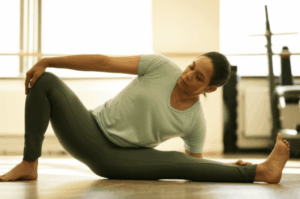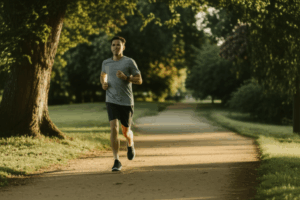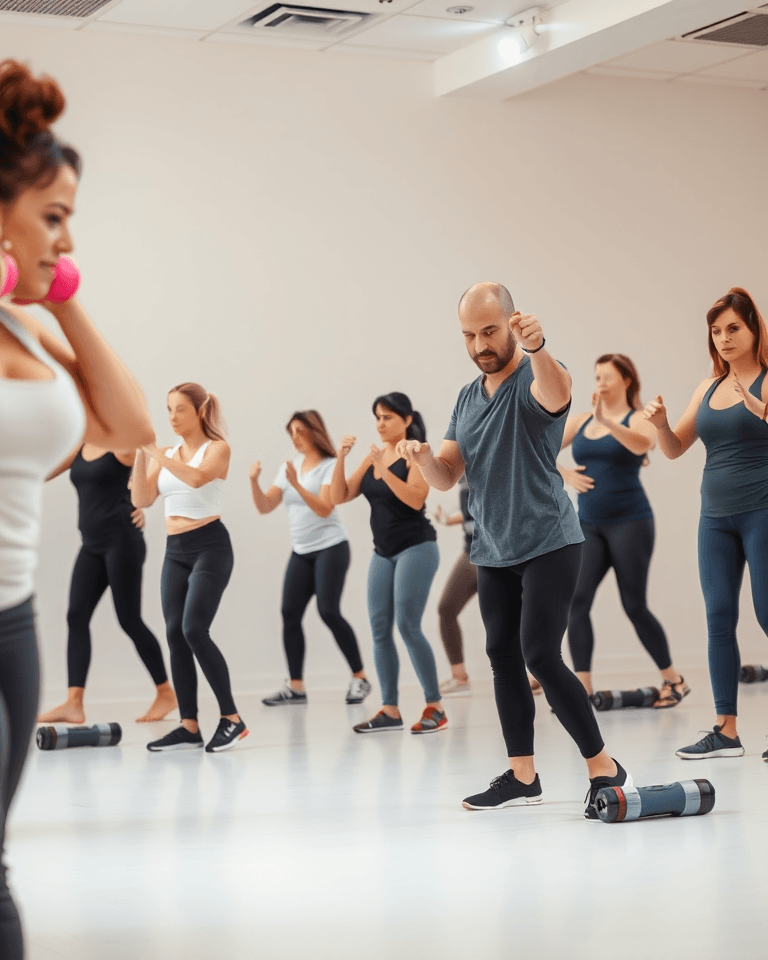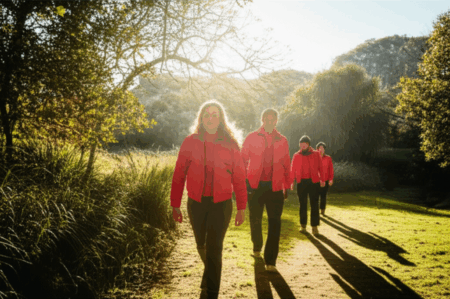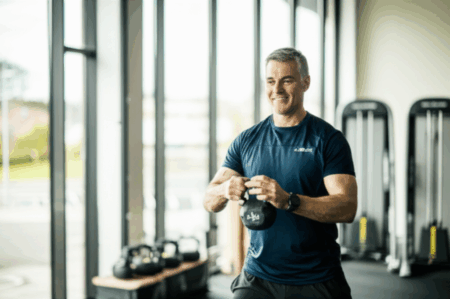Many people diligently follow their workout routines, focusing on strength training, cardio, and perhaps some stretching. However, there are crucial elements often overlooked that can significantly enhance overall fitness, prevent injuries, and improve daily life. Incorporating these often-missing exercises can truly transform your health and well-being.
The Importance of Mobility Training
Mobility training is often confused with flexibility, but they are not the same. While flexibility refers to the ability of a muscle to lengthen, mobility encompasses the range of motion at a joint and the ability to control movement through that range. Good mobility is vital for performing everyday tasks, athletic endeavors, and injury prevention. It reduces pain, improves posture and reduces stress.
Why Mobility Matters
- Reduced Injury Risk: Improved joint range of motion and muscle flexibility significantly lowers the risk of injuries.
- Pain Relief: Increased mobility can alleviate pain associated with tight muscles and restricted joint movement.
- Improved Posture: Good mobility supports better posture, which can reduce strain on the back and neck.
- Enhanced Physical Performance: Whether you’re an athlete or simply want to move more easily, mobility training enhances overall physical performance.
- Stress Reduction: Mobility exercises can also contribute to stress reduction.
Integrating Mobility into Your Routine
Mobility training can include a variety of exercises such as dynamic stretching, yoga, and agility drills. It’s not just about stretching; it’s about actively moving through your full range of motion. Try incorporating movements like arm circles, leg swings, and torso twists into your warm-ups.
The Power of Proprioception
Proprioception, often described as your “sixth sense,” is the body’s ability to sense its position and movement in space. This sense is crucial for balance, coordination, and stability. Exercises that focus on proprioception can significantly improve your ability to move with confidence and prevent falls, particularly as you age.
How Proprioception Works
Nerve endings in your muscles, tendons, and joints send signals to your brain to help you maintain balance, walk straight, and sit upright. Injuries, age, and even prolonged inactivity can impair this system. Proprioceptive exercises help to stimulate these nerve endings, retraining them to sense their positioning better.
Essential Proprioceptive Exercises
- Balance Exercises:
- Single-Leg Balance: Stand on one leg and try to maintain balance, working up to 30 seconds, and progressing by closing your eyes.
- Tightrope Walk: Walk in a straight line, placing one foot directly in front of the other, pausing briefly with each step.
- Rock the Boat: Shift weight to one foot, lifting the other out and holding for 10-30 seconds, repeat on the other side.
- Agility Exercises: Cone pickups, and agility ladder drills can help improve coordination and reaction time.
- Balance Boards: Using unstable surfaces such as balance boards can challenge and improve proprioception.
The Underestimated Importance of Neuromuscular Training
Neuromuscular training focuses on enhancing the communication between your brain and muscles. It aims to improve movement quality, sensorimotor control, and functional joint stabilization. These exercises are vital for restoring proper movement patterns and preventing injuries.
What Neuromuscular Training Does
Injuries, surgeries, or neurological issues can disrupt the communication between the brain and muscles, leading to weakness, asymmetry, and altered movement patterns. Neuromuscular re-education aims to restore normal movement through targeted activities.
Effective Neuromuscular Exercises
- Single-Leg Balance Variations: Progress to using unstable surfaces or closing your eyes to challenge the balance further.
- Medicine Ball Exercises: Integrate medicine ball throws and slams to engage your core and improve power.
- Agility Ladder Drills: These drills help improve footwork, coordination, and reaction time.
- Functional Exercises: Movements like lunges, squats, and step-ups in different planes of motion.
The Necessity of Breathing Exercises
Breathing is an automatic function, but controlled breathing exercises can have profound effects on your physical and mental well-being. These exercises help reduce stress, improve focus, and even lower blood pressure.
Benefits of Conscious Breathing
- Stress Reduction: Deep breathing techniques can calm the nervous system and reduce feelings of anxiety.
- Improved Lung Function: Practicing deep, controlled breaths can enhance lung capacity.
- Lower Heart Rate and Blood Pressure: Regular breathing exercises can contribute to better cardiovascular health.
- Enhanced Focus: Controlled breathing can help quiet the mind and improve concentration.
Simple Breathing Techniques
- Belly Breathing: Focus on inhaling deeply into your belly, feeling it expand, and exhaling slowly.
- Box Breathing: Inhale for four counts, hold for four counts, exhale for four counts, and hold for four counts.
- Alternate Nostril Breathing: Close one nostril with a finger and inhale through the other. Switch nostrils and exhale. Repeat this process.
- Humming Bee Breath: Close your ears, inhale and exhale while making a humming sound.
Flexibility Training for Long-Term Health
While often included in workout routines, flexibility is frequently treated as an afterthought. Flexibility training is crucial for maintaining a good range of motion, reducing injury risk, and improving overall physical performance.
Why Flexibility is Important
- Improved Range of Motion: Stretching increases the range of motion in your joints, making movements easier.
- Reduced Injury Risk: Flexible muscles are less prone to strains and tears.
- Pain Reduction: Regular stretching can alleviate muscle tightness and reduce pain.
- Better Posture: Improved flexibility contributes to better posture.
- Enhanced Athletic Performance: Flexibility allows for more efficient and powerful movements.
Types of Flexibility Exercises
- Static Stretches: Holding a stretch for a period of time (e.g., hamstring stretch).
- Dynamic Stretches: Moving through a range of motion (e.g., arm circles, leg swings).
- Yoga and Pilates: These practices are excellent for improving flexibility and body awareness.
Integrating Missing Exercises
It’s not about adding hours to your workout, but about making your existing routine more complete. Here are some tips:
- Warm-up: Include dynamic stretching and mobility exercises to prepare your body for your workout.
- Cool-down: Finish with static stretching to improve flexibility.
- Integrate Proprioception: Add balance challenges during your workout or in between sets.
- Practice Conscious Breathing: Take a few minutes each day to focus on deep breathing.
- Neuromuscular Work: Add exercises that focus on the mind-muscle connection and movement quality.
- Consistency is Key: Even a few minutes of these exercises each day can make a big difference over time.
By incorporating these often-missing exercises, you can achieve a more balanced, effective, and life-changing fitness routine. It’s not just about working harder; it’s about working smarter and addressing all facets of your physical well-being.

